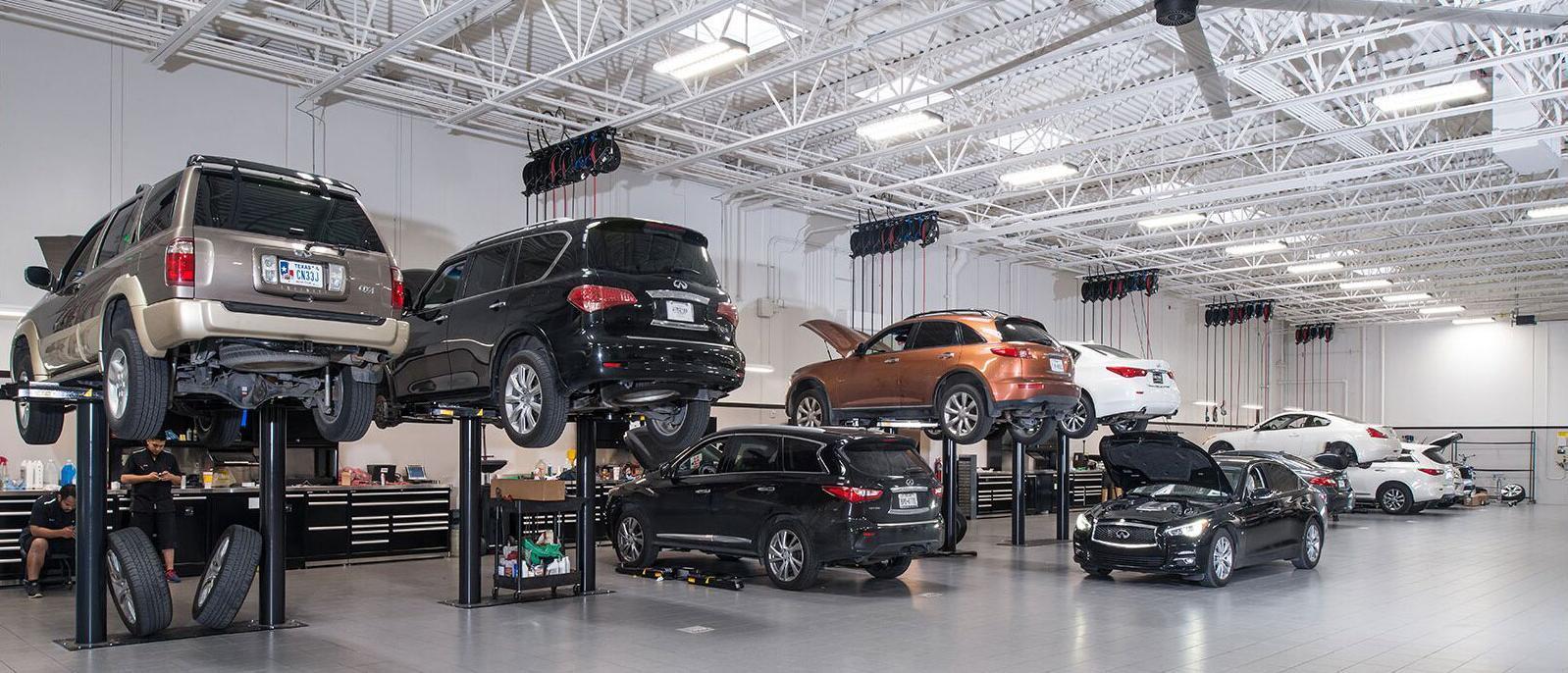All Categories
Featured
When it pertains to automobile maintenance, tires are commonly neglected, despite being an essential consider both safety and performance. Choosing the right collection of tires can make a significant difference in your driving experience, particularly in terms of handling, gas effectiveness, and road security. Comprehending how to choose the appropriate tires for your automobile needs recognizing your driving problems, performance requirements, and the different tire choices readily available. Right here's a detailed guide to help you make the right option.
![]()
All-Season Tires: These are the most typical type, made for a selection of driving conditions, consisting of wet and completely dry roadways. They supply a well balanced performance, making them a great selection for everyday driving in areas with moderate environments.
Summertime Tires: Perfect for warmer climates, summertime tires offer exceptional efficiency on completely dry and damp roadways, offering superior traction and handling. They are not suitable for snowy or icy problems.
Winter Tires: Winter tires are specifically created to manage snow, ice, and freezing temperatures. Made from a special rubber substance that remains flexible in chilly weather, they feature deep treads that grip the road, supplying better control and safety in winter season problems.
Performance Tires: For those driving cars or looking for boosted handling, efficiency tires offer better responsiveness, collaring capacities, and boosted grip. These tires prioritize performance however may compromise comfort and durability.
225: The size of the tire in millimeters. 50: The aspect ratio, or the elevation of the sidewall as a percentage of the tire's width. R: Radial construction, which is one of the most typical style for modern-day tires. 17: The diameter of the tire in inches, matching the size of the wheel. When replacing your tires, it's typically best to match the original dimension for your lorry to maintain the intended equilibrium of comfort, safety, and handling. Changing tire sizes can affect performance, consisting of speedometer accuracy and gas effectiveness.
![]()
Urban and City Driving: If many of your driving takes place on well-paved city streets, all-season tires are generally the ideal choice. They give sufficient grasp and convenience in moderate conditions, with a concentrate on effectiveness.
Highway Driving: For frequent highway drivers, tires that use long-lasting resilience and reduced road sound, such as touring tires, are suitable. These tires offer a smooth adventure and are maximized for fuel efficiency over cross countries.
Off-Road Driving: If you drive an SUV or vehicle and frequently endeavor off the beaten track, you'll require tires designed for tough terrain. All-terrain or mud-terrain tires supply better grip and durability for driving on gravel, mud, or unpaved roadways.
Symmetrical Footstep: Many all-season tires feature a symmetrical tread pattern, which supplies a well balanced performance for routine driving conditions. It's ideal for dry roads, along with moderate wet conditions.
Asymmetrical Footstep: These tires have various walk patterns on the inside and outdoors, improving cornering and security. They provide a far better grasp on both dry and wet roadways, making them a preferred choice for efficiency vehicles.
Directional Tread: Made with a V-shaped pattern, these tires excel at transporting water far from the step. They provide better traction in snowy and stormy problems, decreasing the threat of hydroplaning.
Inspecting Tire Pressure: Underinflated tires can adversely influence taking care of and gas performance, while overinflated tires can increase the danger of blowouts. Inspect the tire pressure regularly and ensure it fulfills the producer's requirements.
Tire Turning: To make certain even wear, tires must be rotated every 6,000 to 8,000 miles. Unequal wear can cause premature tire failing and influence your car's positioning and handling.
![]()
Wheel Positioning: Imbalance can trigger your tires to wear erratically and adversely influence your lorry's handling. Have your car's placement examined frequently, particularly if you notice drawing to one side.
Verdict. Whether you require all-season tires for everyday driving, winter season tires for snowy problems, or performance tires for far better handling, comprehending your requirements is crucial to making the appropriate choice. Regular tire maintenance is also necessary for keeping your tires in ideal problem.

- Recognizing Tire Types. The primary step in choosing the best tire is understanding the various types and their features. Each sort of tire is engineered for particular problems, so recognizing which one matches your needs is vital.
All-Season Tires: These are the most typical type, made for a selection of driving conditions, consisting of wet and completely dry roadways. They supply a well balanced performance, making them a great selection for everyday driving in areas with moderate environments.
Summertime Tires: Perfect for warmer climates, summertime tires offer exceptional efficiency on completely dry and damp roadways, offering superior traction and handling. They are not suitable for snowy or icy problems.
Winter Tires: Winter tires are specifically created to manage snow, ice, and freezing temperatures. Made from a special rubber substance that remains flexible in chilly weather, they feature deep treads that grip the road, supplying better control and safety in winter season problems.
Performance Tires: For those driving cars or looking for boosted handling, efficiency tires offer better responsiveness, collaring capacities, and boosted grip. These tires prioritize performance however may compromise comfort and durability.
- Tire Dimension Issues. When selecting brand-new tires, tire size is one of the most essential variables to consider. Tire size is suggested by a series of numbers published on the sidewall, such as "225/50R17." Right here's exactly how to review them:
225: The size of the tire in millimeters. 50: The aspect ratio, or the elevation of the sidewall as a percentage of the tire's width. R: Radial construction, which is one of the most typical style for modern-day tires. 17: The diameter of the tire in inches, matching the size of the wheel. When replacing your tires, it's typically best to match the original dimension for your lorry to maintain the intended equilibrium of comfort, safety, and handling. Changing tire sizes can affect performance, consisting of speedometer accuracy and gas effectiveness.
- Driving Conditions and Tire Performance. Where you drive and just how you drive plays a substantial function in determining the best tire for your automobile. Right here's what to consider based on your driving habits:
Urban and City Driving: If many of your driving takes place on well-paved city streets, all-season tires are generally the ideal choice. They give sufficient grasp and convenience in moderate conditions, with a concentrate on effectiveness.
Highway Driving: For frequent highway drivers, tires that use long-lasting resilience and reduced road sound, such as touring tires, are suitable. These tires offer a smooth adventure and are maximized for fuel efficiency over cross countries.
Off-Road Driving: If you drive an SUV or vehicle and frequently endeavor off the beaten track, you'll require tires designed for tough terrain. All-terrain or mud-terrain tires supply better grip and durability for driving on gravel, mud, or unpaved roadways.
- Tire Footstep Patterns. Tire tread patterns impact how your vehicle grasps the road, specifically in unsafe or wet problems. Recognizing tread layout is vital to making certain risk-free handling:
Symmetrical Footstep: Many all-season tires feature a symmetrical tread pattern, which supplies a well balanced performance for routine driving conditions. It's ideal for dry roads, along with moderate wet conditions.
Asymmetrical Footstep: These tires have various walk patterns on the inside and outdoors, improving cornering and security. They provide a far better grasp on both dry and wet roadways, making them a preferred choice for efficiency vehicles.
Directional Tread: Made with a V-shaped pattern, these tires excel at transporting water far from the step. They provide better traction in snowy and stormy problems, decreasing the threat of hydroplaning.
- Tire Maintenance for Durability. As soon as you have actually selected the right tires, it's vital to keep them appropriately to prolong their life expectancy and make sure continued efficiency. Regular tire maintenance includes:
Inspecting Tire Pressure: Underinflated tires can adversely influence taking care of and gas performance, while overinflated tires can increase the danger of blowouts. Inspect the tire pressure regularly and ensure it fulfills the producer's requirements.
Tire Turning: To make certain even wear, tires must be rotated every 6,000 to 8,000 miles. Unequal wear can cause premature tire failing and influence your car's positioning and handling.

Wheel Positioning: Imbalance can trigger your tires to wear erratically and adversely influence your lorry's handling. Have your car's placement examined frequently, particularly if you notice drawing to one side.
- Consult with an Expert. While you might have a general understanding of the sorts of tires available, it's constantly an excellent concept to consult with a tire specialist. They can give skilled suggestions based upon your particular lorry version, driving problems, and efficiency needs.
Verdict. Whether you require all-season tires for everyday driving, winter season tires for snowy problems, or performance tires for far better handling, comprehending your requirements is crucial to making the appropriate choice. Regular tire maintenance is also necessary for keeping your tires in ideal problem.
Latest Posts
Boost Your Brand Name with Cycle Advertising
Published May 14, 25
1 min read
Book Your Vision Correction Journey Locally at the Eye Center South
Published May 14, 25
1 min read
Experience Eye Surgery Close By with Eye Center South
Published May 14, 25
1 min read